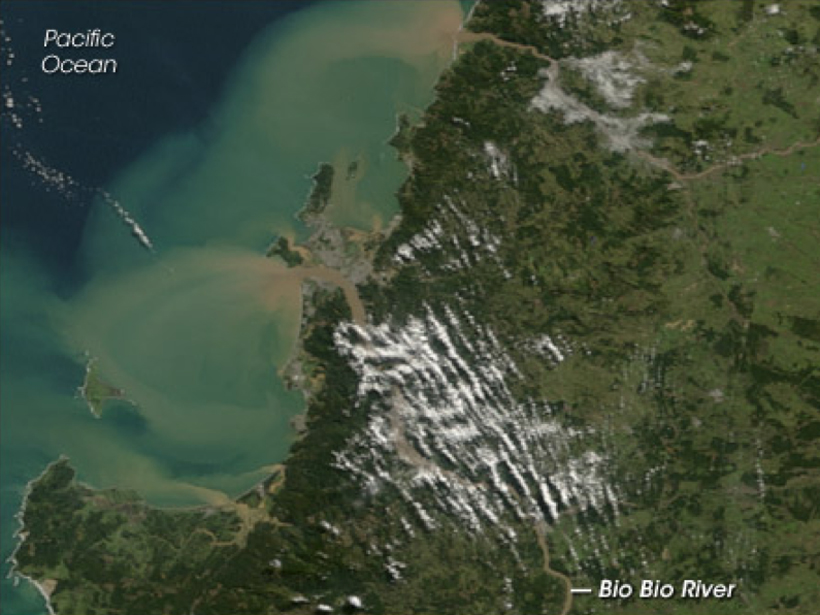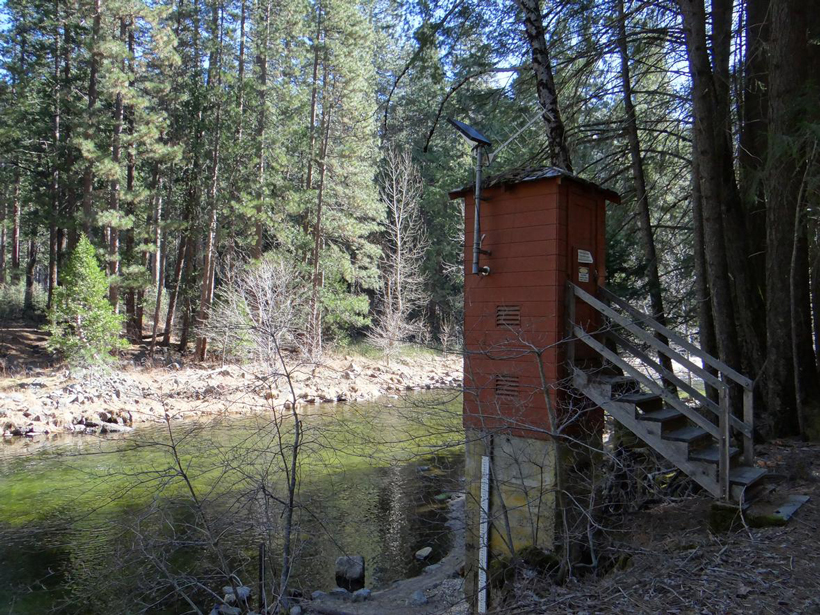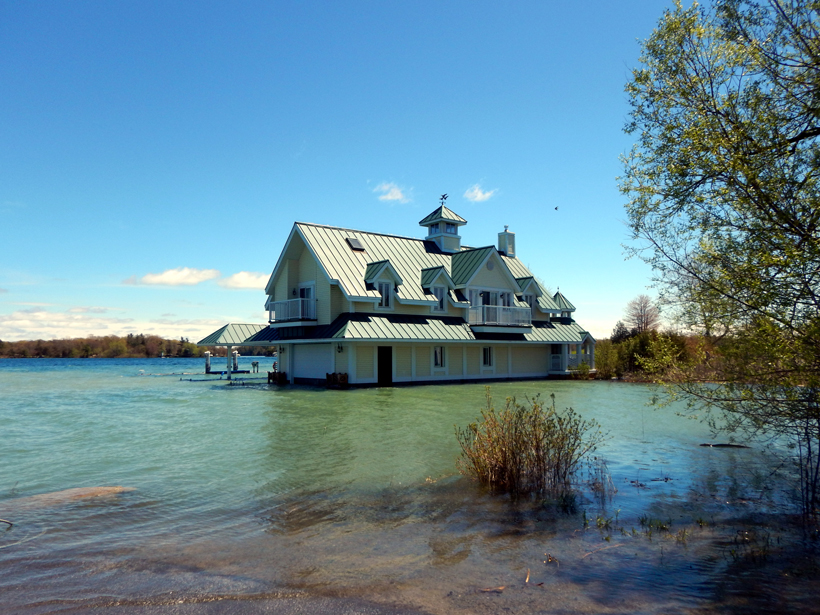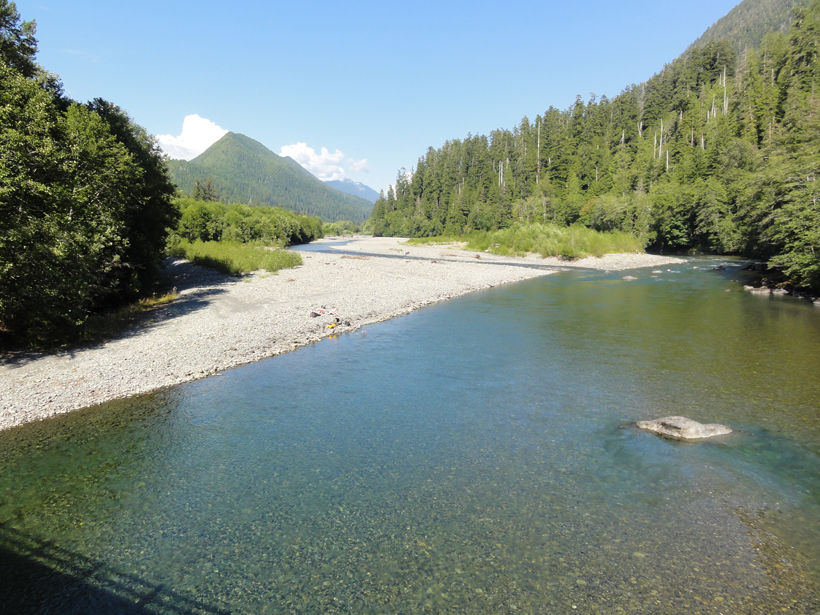Beryllium stored in marine sediments can help scientists study erosion and other environmental changes.
rivers
Small Streams Make Big Contribution to Carbon Cycle
A recent paper in Reviews of Geophysics discussed the carbon dynamics of headwater streams.
Improving Water Resources Management from the Ground Up
The key to sustainable water resources management isn’t satellite technology yet—it’s a new spin on time-tested rain and stream gauges.
What Caused the Ongoing Flooding on Lake Ontario?
The floodwaters have also affected residents downstream along the Saint Lawrence River. Although politicians quickly blamed regulations, scientists say it was a perfect storm of natural factors.
A New Model for River Meanders
A river’s twists and turns are shaped by its past flood events.
Tracking River Flows from Space
Satellite observations, combined with algorithms borrowed from river engineering, could fill large gaps in our knowledge of global river flows where field data are lacking.
Protecting Water Resources Through a Focus on Headwater Streams
Where Land Becomes Stream: Connecting Spatial and Temporal Scales to Better Understand and Manage Catchment Ecosystems; Rennes, France, 7–8 March 2017
Changes in Groundwater Flow Affect Nitrogen Cycling in Streams
Overpumping and other activities that affect groundwater levels could combine with increased nitrogen runoff to amplify threats to human and environmental health.
Why Is There So Much Carbon Dioxide in Rivers?
Observations of carbon dioxide oversaturation in the freshwater of the world led scientists to study its underlying causes at more than 100 field locations across the nation.
River Plumes near the Equator Have Major Effects on Oceans
Every second, the Congo sends millions of gallons of freshwater deep into the Atlantic, influencing marine plants and wildlife.










